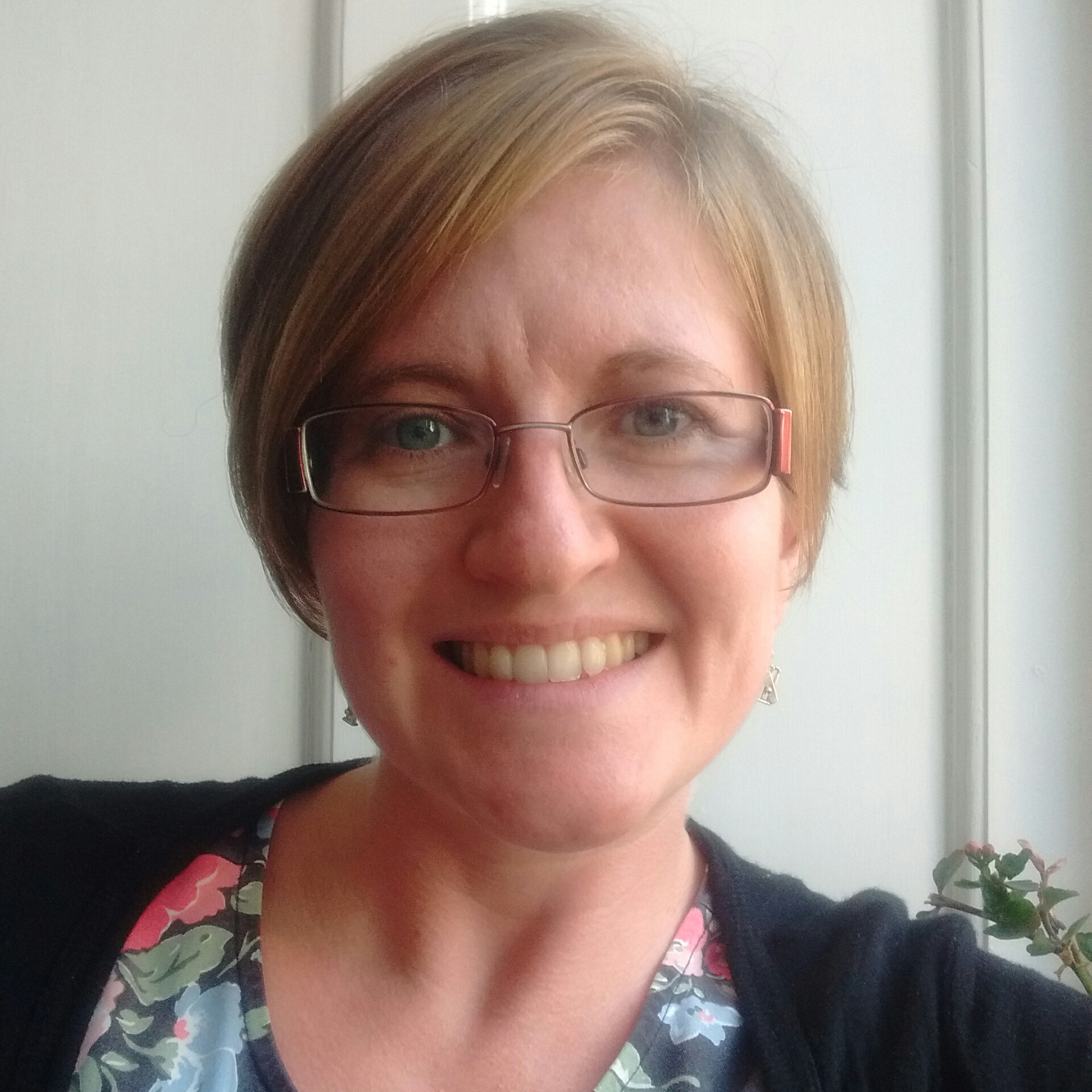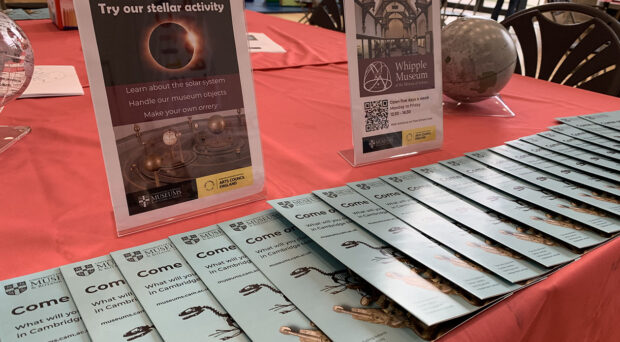The Archive at the Sedgwick Museum of Earth Sciences includes the Cambridge Svalbard Exploration Collection. The records include 16,000 unique and irreplaceable 35mm negatives. These document geological expeditions over a period of almost 50 years. A project to repackage the negatives was supported with public funding by Arts Council England (ACE).
Most of the Svalbard expeditions were directed by Walter Brian Harland, a Cambridge graduate, who wrote extensively on the area and was himself a demonstrator, lecturer and reader in the Department of Geology (which would later become the Department of Earth Sciences). Brian wrote in 1940 that: “…it is of paramount importance to follow an efficient system which leaves nothing to memory and lacks nothing in convenience for recording and reference” (Ref; CSEC E9, pt 2). Records were given great importance on each expedition, and there is reference to them in many bulletins provided each year.
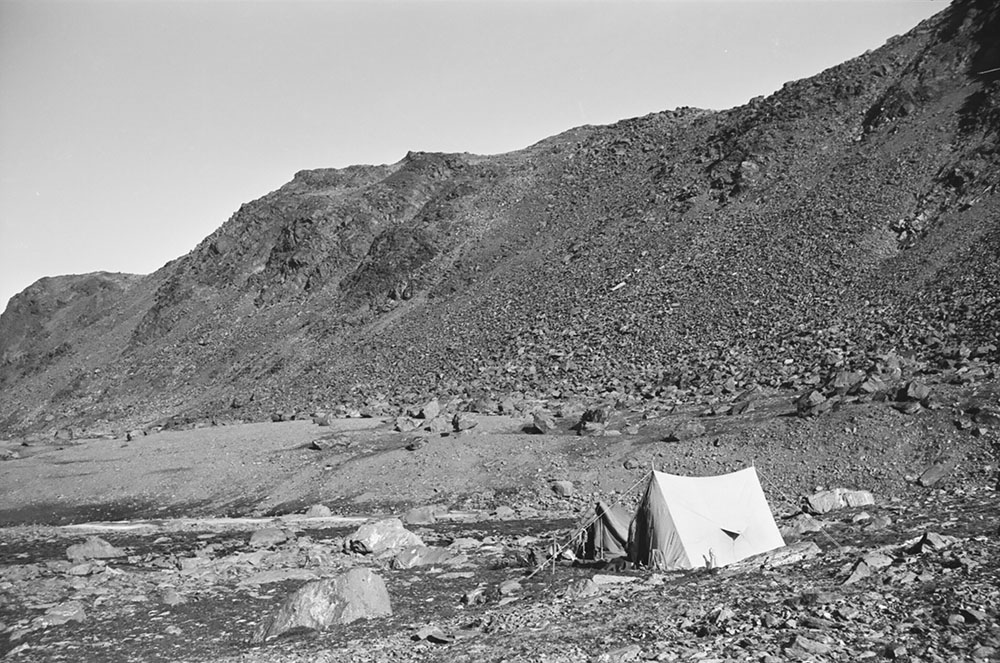
There are over 700 boxes in the archive, including 144 expedition ‘folders’ arranged chronologically. These include lists of specimens collected, stations visited, and photographs (and negatives) taken. They also include bulletins, diaries and reports. 42 of these folders include negatives. The images show members of each expedition, accommodation, food, specimens, scenery, and wildlife.
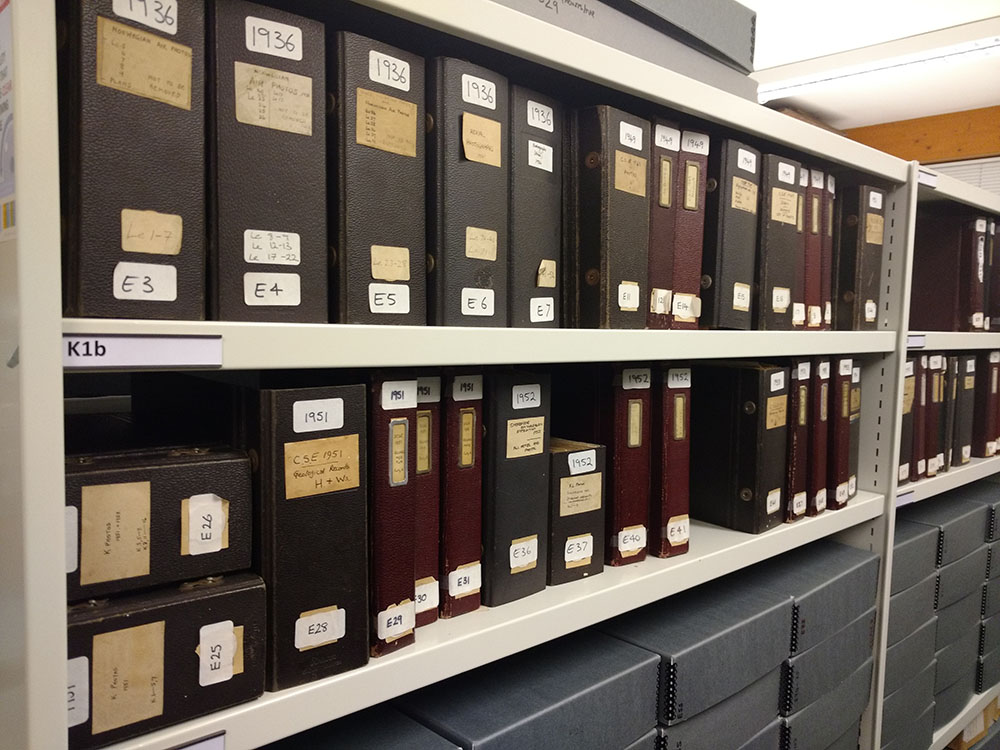
The Svalbard negatives were stored in packets and each packet held 108 exposures in strips of 6. There are over 16,000 images. The enclosures were stored in Crown ‘Twinlock’ system folders. Percy Jones (Twinlock) Ltd was a well-known stationery manufacturer in the twentieth century.
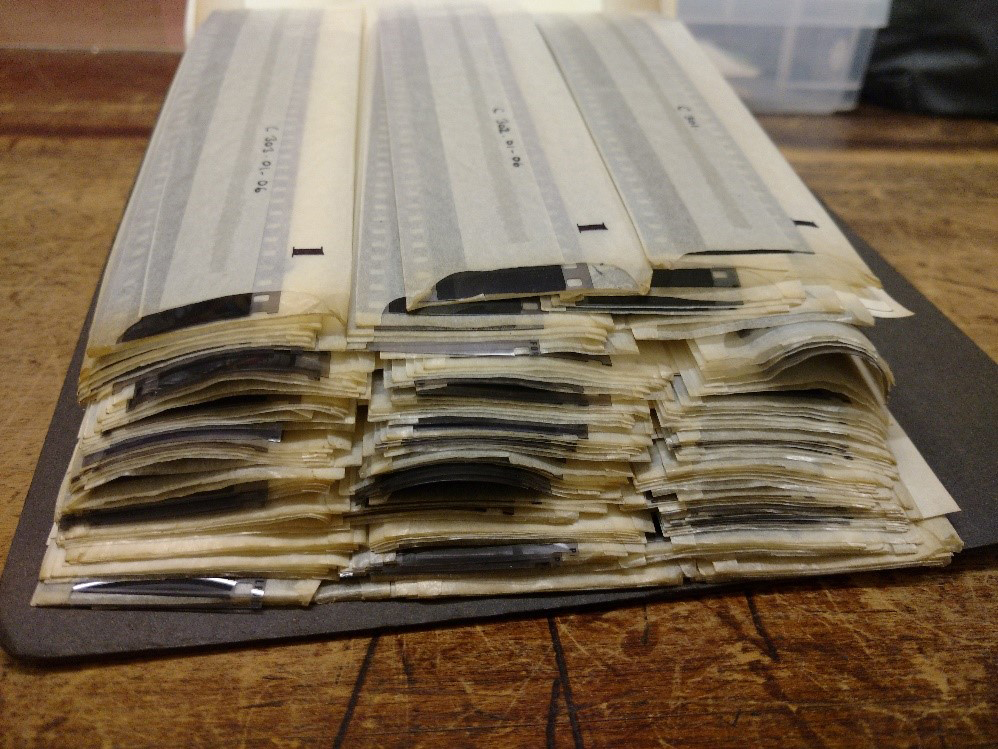

The negative packets were tested (with a pH pen), which indicated they were acidic. They were not suitable for storing the collection long term, and many were already beginning to discolor. In an advanced stage, the packets could become brittle. As the packets included an adhesive, there was also the worry that the negatives would become stuck and we would be unable to remove them. The negatives were also exposed at the open end of each folder and vulnerable to attracting dirt and physical damage.
The main objective was to repackage these irreplaceable negatives. This will ensure they will be accessible by staff and researchers.
In 2017, the Sedgwick Museum applied to Arts Council England (ACE) for funding to support the repackaging of the Svalbard negatives. This was through the PRISM (The Preservation of Industrial and Scientific Material) fund. The Museum was successfully awarded funds.
Staff designed a template to mimic the original enclosures but would ensure the negatives would not be exposed. The opening of each negative strip would now be on the left hand side to further improve security.
The bespoke sleeves were made from 100-micron PAT (Photographic Acidity Test) approved and crystal clear polyester. They were manufactured by Conservation by Design in Bedford. They provide conservation products to Museums, Galleries, Libraries and Archives worldwide. Over 1000 sleeves were required to repackage the collection.
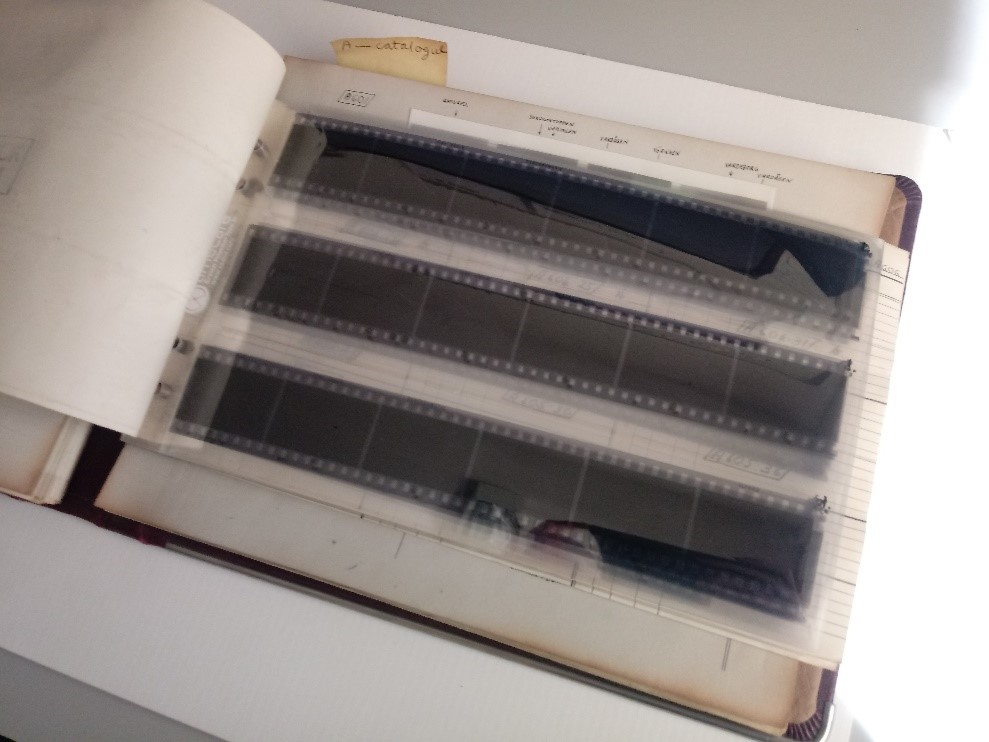
Gloves were used to remove the negatives from their original enclosure. They were put into the new sleeve and numbered where appropriate. Archive volunteers supported the Archivist with this project over the summer. A small facsimile display about the project was prepared and is on display at the A.G Brighton Building, Madingley Rise.
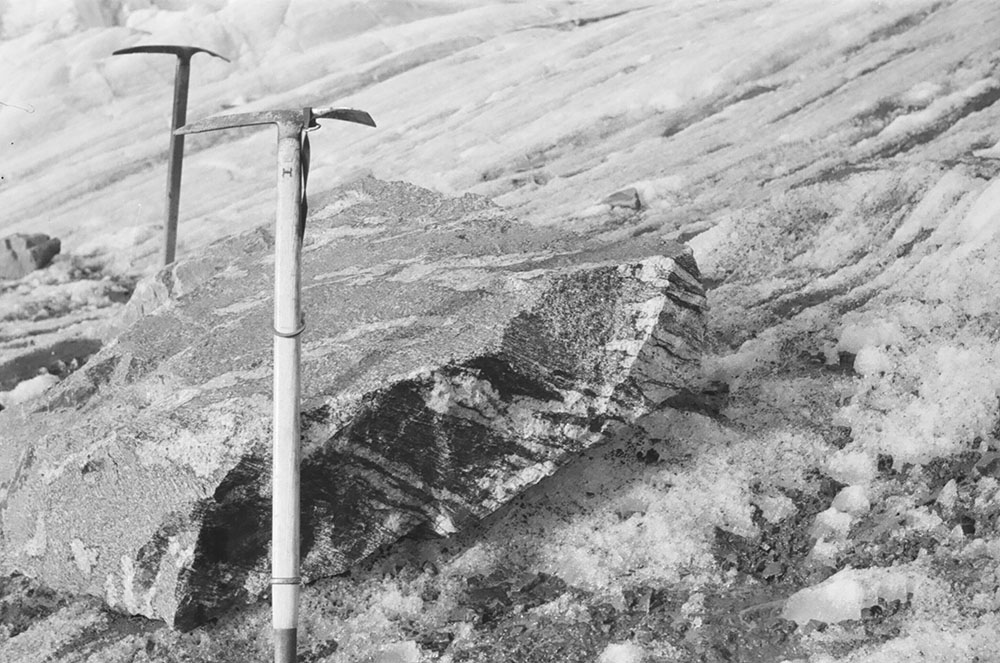
Staff have been pleased with the result – the negatives are repackaged in conservation grade enclosures, and are secure but accessible. The Svalbard Archive will be transferred to the Sedgwick Museum’s new store in 2020, which will be environmentally controlled.
For more information about the collection please visit the Archives hub.
For information about Brian Harland and to see a selection of images from the Archive please visit our online exhibition.
Everyone is welcome to visit the Archive but please contact the Sedgwick Museum to make an appointment.
In the future we hope to apply for funding to digitise this important and unique collection of negatives. We will also need the support of volunteers to catalogue the collection. Follow @sedgarchivist on twitter for further updates!

